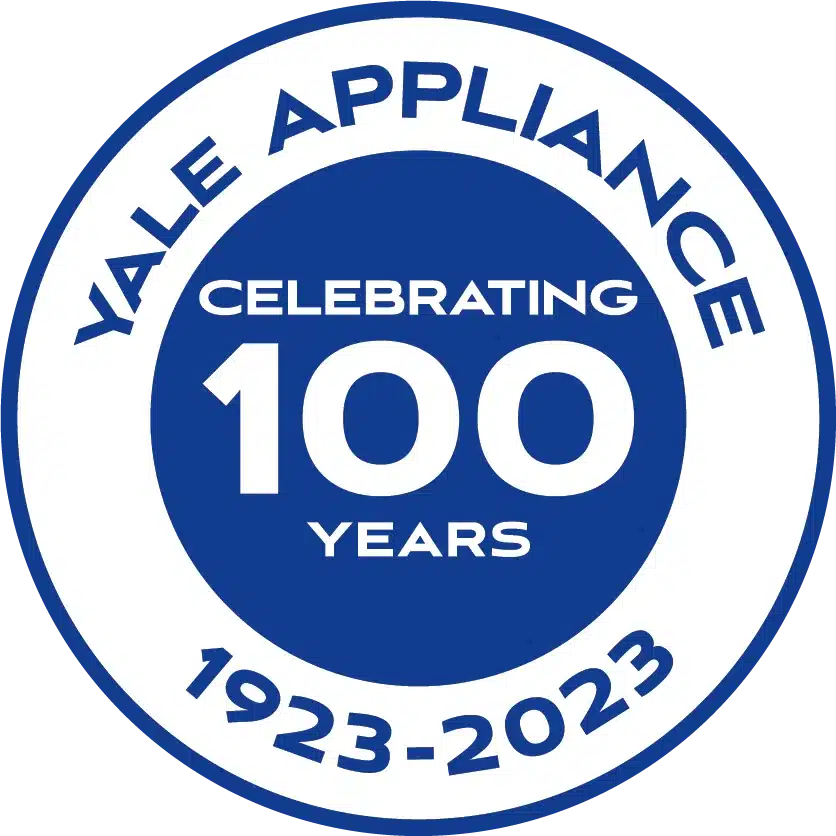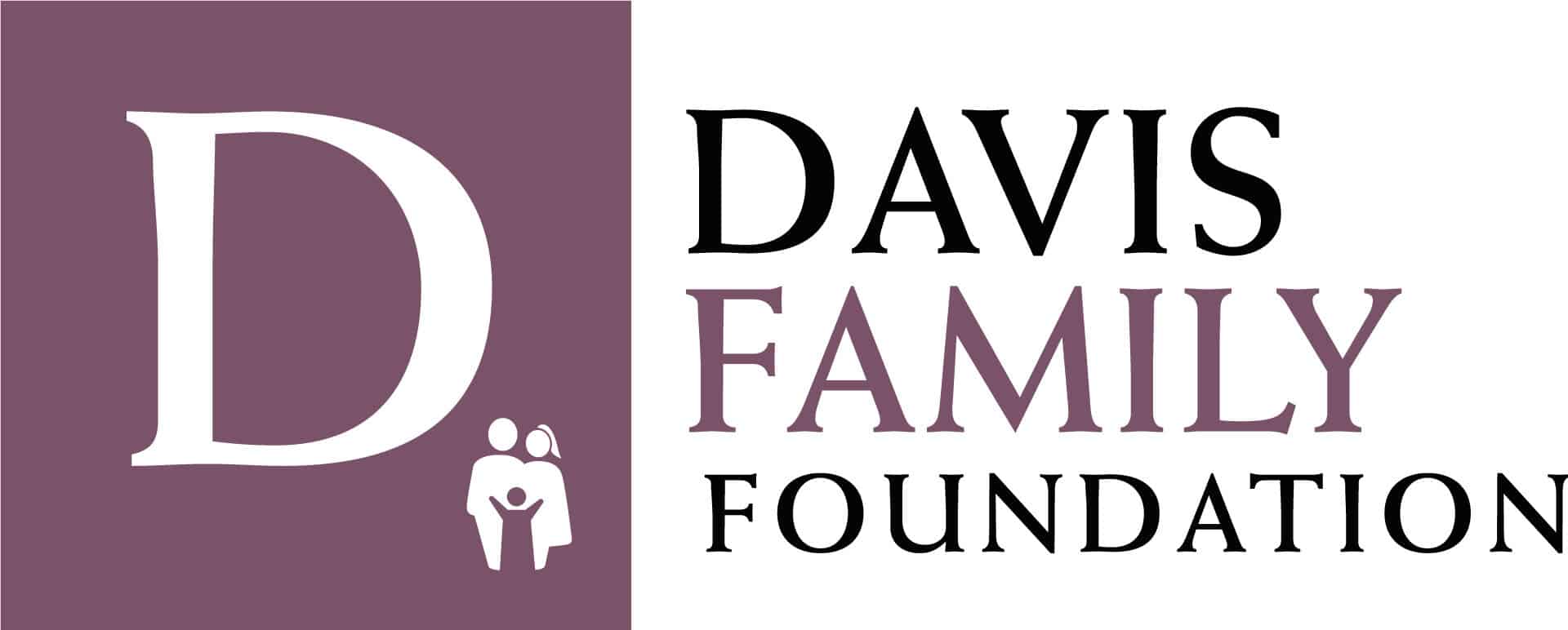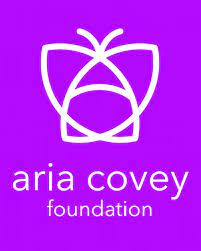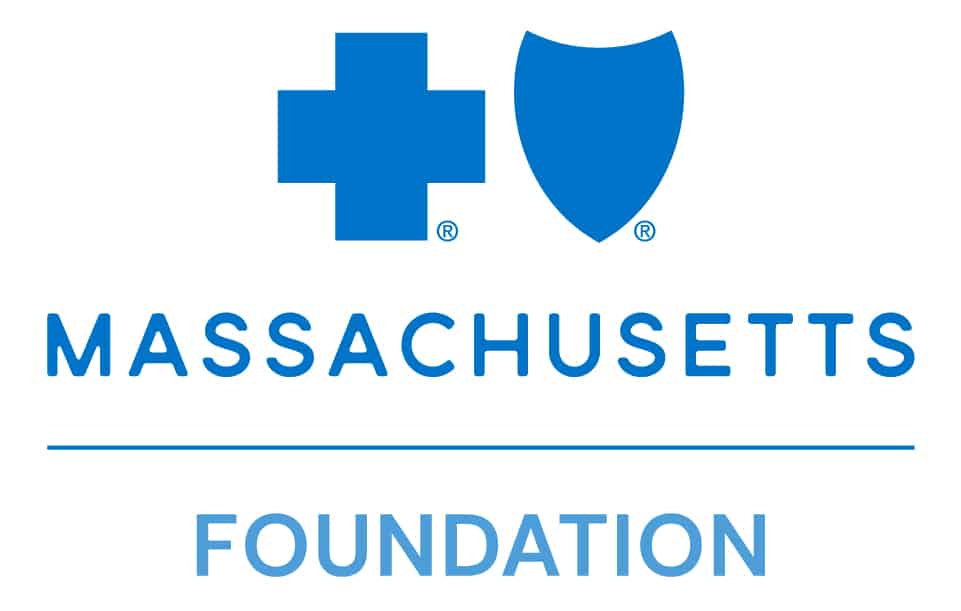World Breastfeeding Week 2015
Breastfeeding, work, and milk donation: Making it work … and then some
By Naomi Bar-Yam, Ph.D., Executive Director, MMBNE
New mothers have been breastfeeding and working since the beginning of time as they have been sharing the gift of their milk with less fortunate mother/baby dyads. For most of that time, they have done both with the support of their families, clans, and friends, who were also their “employers” and “co-workers” as well as the mother/baby dyads in need of milk.
In urban areas throughout the world, conditions have changed considerably since the beginning of time. New mothers still breastfeed and work, but now their employers are not their families, their workplaces are not their homes, farms or storefronts attached to their homes.
New mothers still share the gift of their milk with less fortunate mothers and babies, but now those babies are usually not their sisters, cousins, or neighbors. They are babies in their communities, often born 2-3 months early spending the first weeks and sometimes months of their lives in hospital NICUs. At the beginning of time, and until a couple of decades ago, many of these babies did not survive. Modern science and medicine have advanced so that many very premature babies survive and thrive. Oxygen, feeding tubes, medications, monitoring, care, love, dedication and patience all help these babies grow. Incubators are distant seconds to mothers’ wombs, but serviceable. While these babies cannot return to the safety of their mothers’ wombs and nutrients predigested through the umbilical cord, they can receive human milk, even while their own mothers’ supply is still insufficient. Human milk is second only to nutrition through the umbilical cord. Its nutritional, immunologic and growth properties save lives, promote growth, and support positive short and long term health and developmental outcomes.
When babies are born very early, they cannot yet feed at the breast. When mothers deliver babies very early, their bodies may not be yet prepared to produce milk, this takes some time. That’s where milk donation and mothers’ milk banks come in.
Mothers’ Milk Bank Northeast and 17 other HMBANA member non-profit milk banks in the US and Canada, as well other non-profit milk banks throughout the world, accept donations of milk from generous, caring mothers who have more milk than their babies need. We screen donors, pasteurize and test the milk, and send it to hospitals and families most in need.
This month, we observe World Breastfeeding Week/Month, focusing on “Breastfeeding and Work: Let’s Make It Work.” All of our donors, by definition, work. Many are employed outside their homes. This month, we will share some of their stories and strategies, and some comments of our own about US parental leave and coverage for donor milk and lactation services.
We offer our sincere gratitude to all of our working (employed or not) donor mothers. You inspire us and mothers everywhere. Your generosity saves lives and supports breastfeeding every day.








